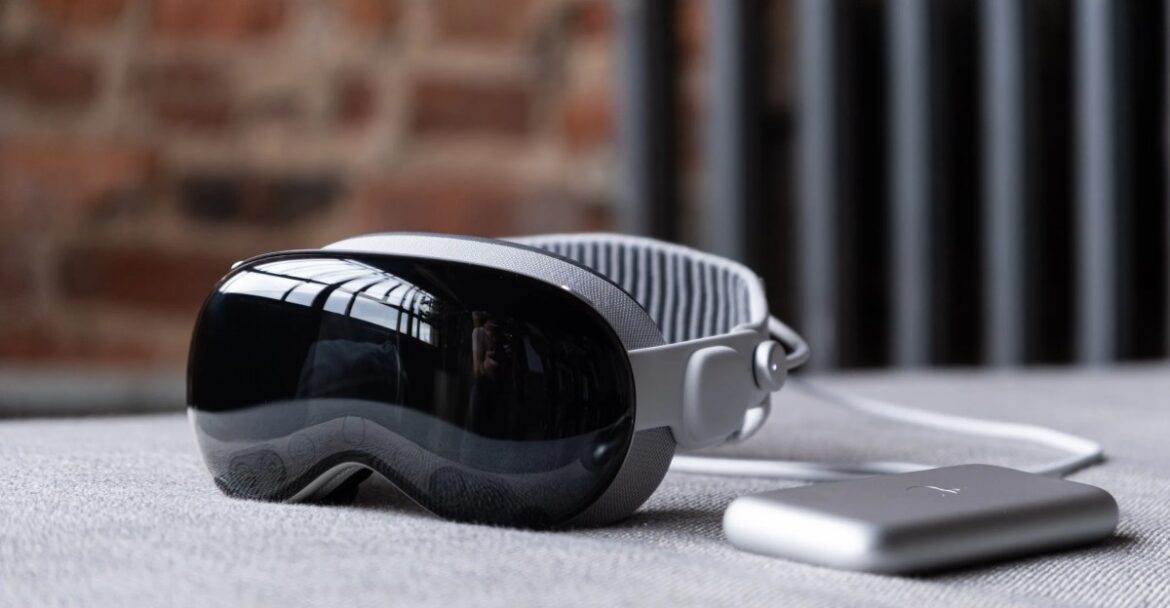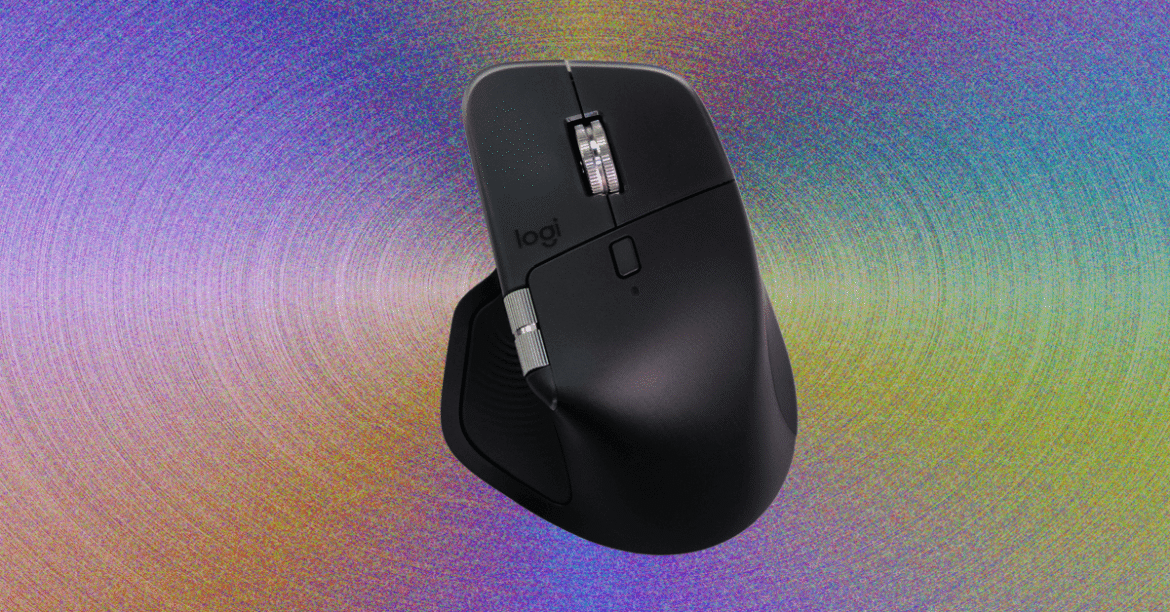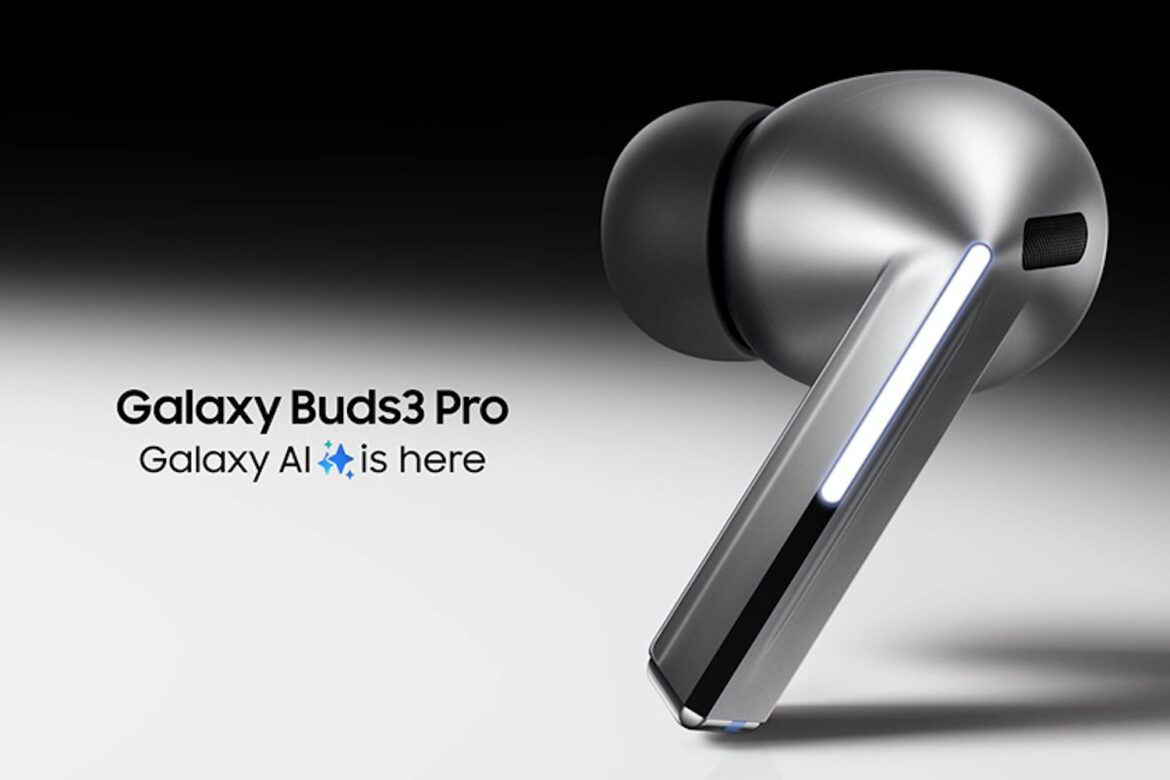Apple just released the AirPods 4 as their latest open-ear earbuds that sit outside your ear canal rather than sealing inside it like in-ear models. Compared to the newly launched AirPods Pro 3, the standard AirPods 4 cost three times less while the AirPods 4 with active noise cancellation come in at more than half the price. But those savings only apply if you snag them during Prime Big Deal Days on Amazon, where Prime members can grab the standard version for $89 instead of $129, or upgrade to the ANC model for $119 down from $179. You’re essentially getting premium Apple earbuds at budget earbud pricing.
See AirPods 4 without ANC at Amazon
See AirPods 4 with ANC at Amazon
Open-ear mode appeals to individuals who don’t like in-ear tips for longer wear times or prefer remaining attentive to their environments instead of switching between transparency modes. They sit comfortably in your outer ear, not pressing down nor giving that stuffed-up feeling sealed tips tend to produce. The new shape accommodates a broader geometry of ears compared to older AirPods, and fixes one of the largest gripes about prior versions falling off during exercise.
High-End Features That Could Use a Refresh
The H2 chip drives both models and offers huge upgrades compared to the H1 chip found in prior AirPods. The newer processor supports complex computational audio processing, which supports Advanced Audio and Personalized Spatial Audio, both of which involve some serious real-time math. The H2 chip also enhances battery life, supporting the lengthy 30-hour total listening time if you count the charging case. The headphones themselves last about five hours per charge, and the case yields several additional charges before it itself must be recharged.
Personalized Spatial Audio creates a three-dimensional soundstage which adds immersion to music, movies, and games. Head tracking is used to anchor sound to space so if your head moves when looking at a video, sound appears to remain affixed to your monitor rather than moving along with your head. Apple adjusts this setting per your actual ear geometry, gathered by your TrueDepth camera on your iPhone, for improved tailoring of the spatial effect for how your own ear shape affects perceived sound.
The ANC version implements Active Noise Cancellation which is impressive for an open-ear model. Standard ANC is optimized for sealed-in in-ear tips that quiet sound passively before it’s quieted electronically by the electronics. Apple designed a solution to actively cancel external sound even for an open-ear model by employing sophisticated algorithms and processing of the H2 chip. The payoff won’t be equivalent to AirPods Pro’s isolation, but it does a great job of cutting down on background sound in places like a coffee shop or bus/subway ride.
Transparency Mode allows you to easily discern what’s going on around you if you require awareness for sake of safety, for example, or for conversation. As opposed to just silencing your sound, Transparency Mode actually processes external sound so it’s normal-sounding but your music stays playing softly in the background.
Pairing with iPhone occurs automatically by way of Apple’s pairing process: Lift the case by your iPhone and a connection notice pops up automatically. Your AirPods then synchronize on all your Apple devices signed into a single iCloud account, switching automatically between your iPhone, iPad, and Mac as you transition between devices.
At $89 for the standard version and $119 for the model including ANC during Prime Big Deal Days, you’re getting Apple’s new earbud technology at prices comparable to generic Bluetooth earbuds. Those are all-time-low prices for getting high-end elements available without typical Apple markup.
See AirPods 4 without ANC at Amazon
See AirPods 4 with ANC at Amazon









